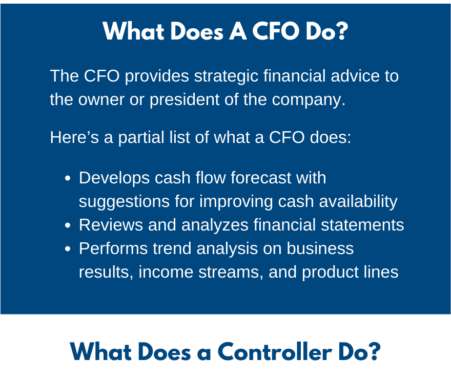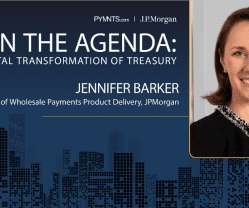CFO vs Controller – What’s the Difference?
CFO Simplified
JUNE 23, 2022
Reconciles the bank accounts. Codes and processes Accounts Payable invoices. Issues Accounts Payable checks. Here’s a partial list of what a CFO does: Develops a cash flow forecast with suggestions for improving cash availability. Calculates and enters payroll.














Let's personalize your content